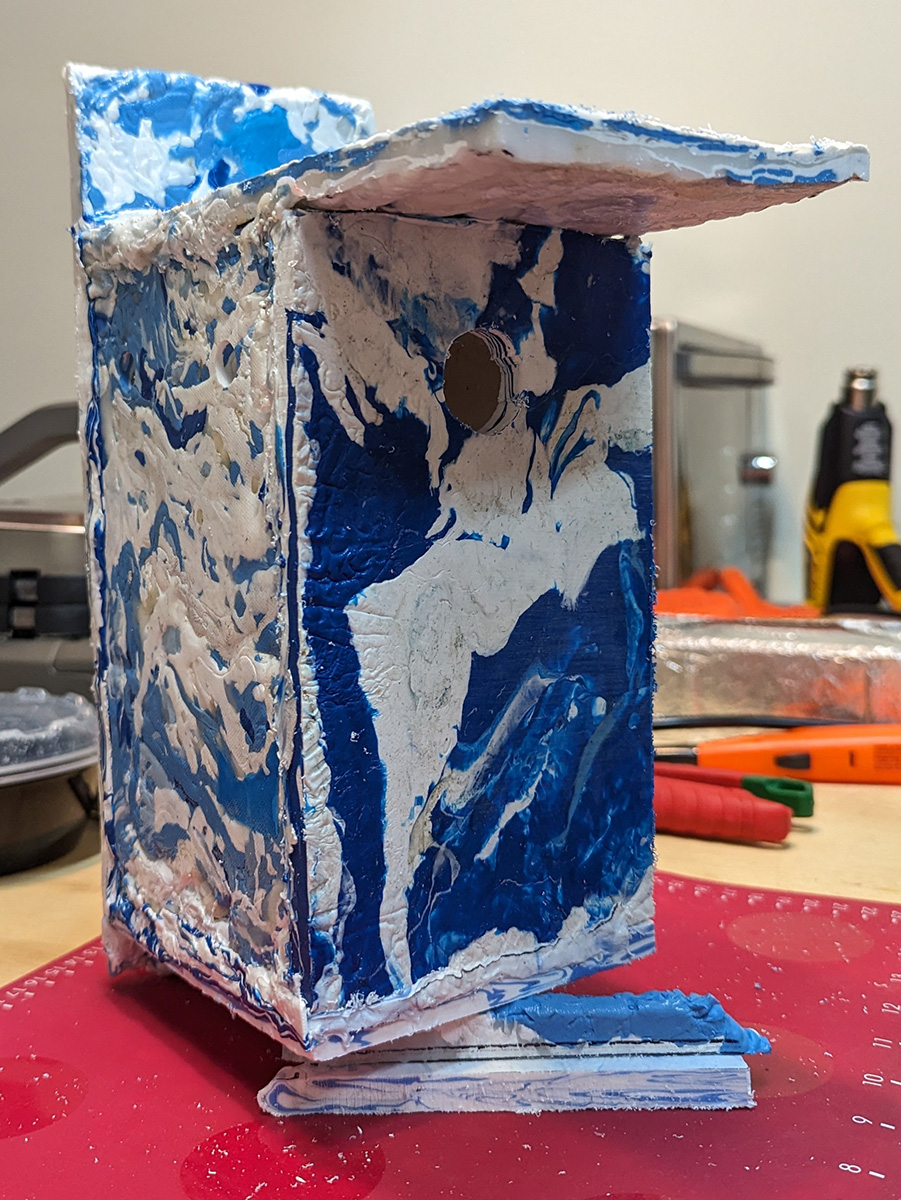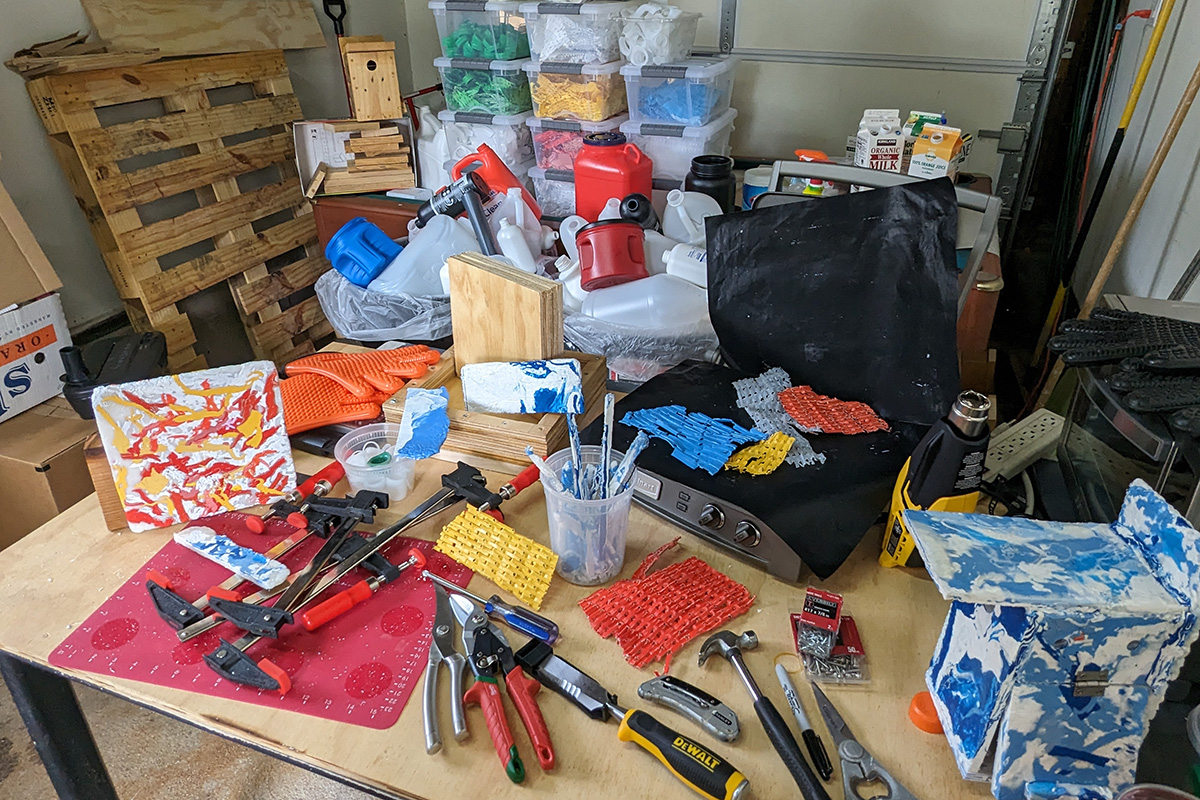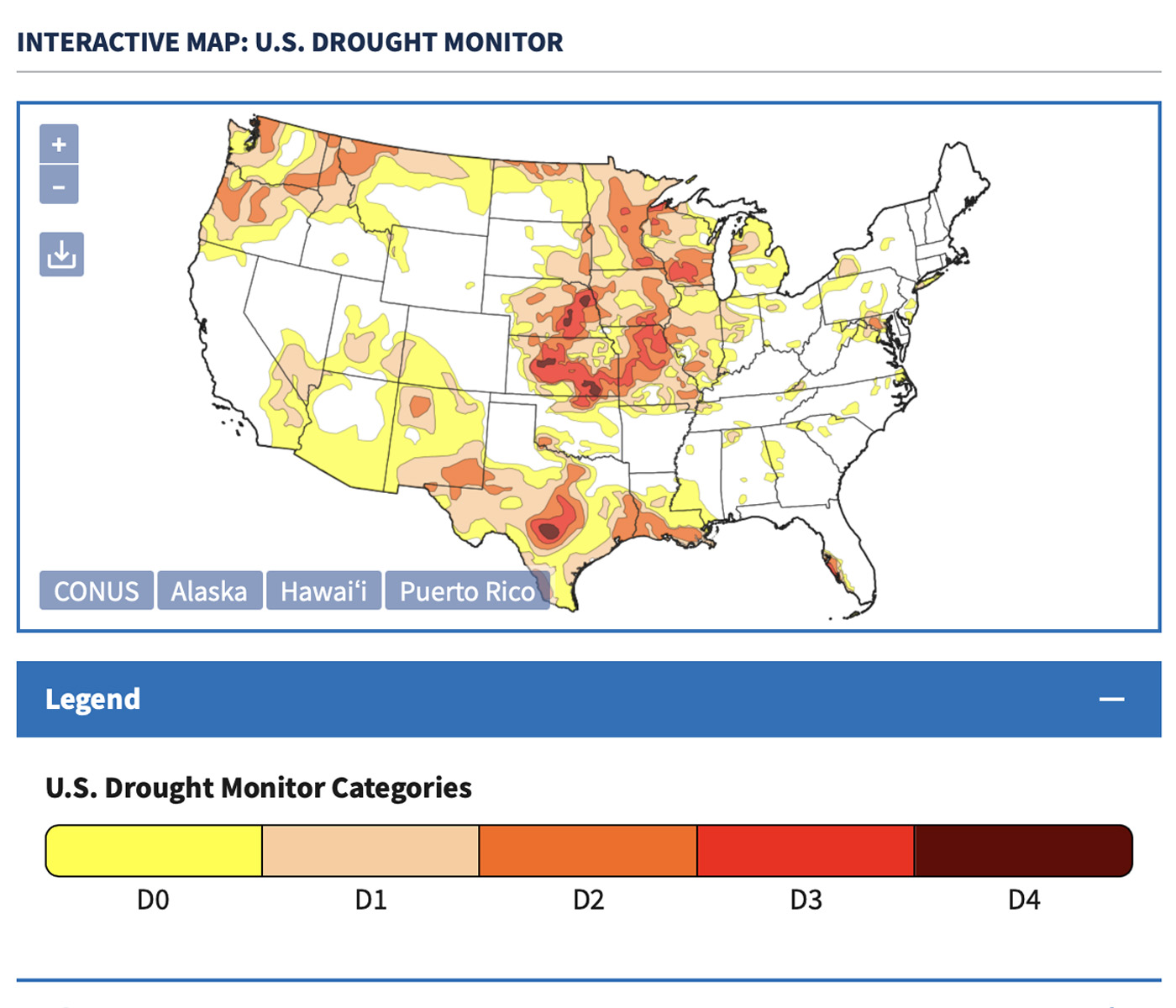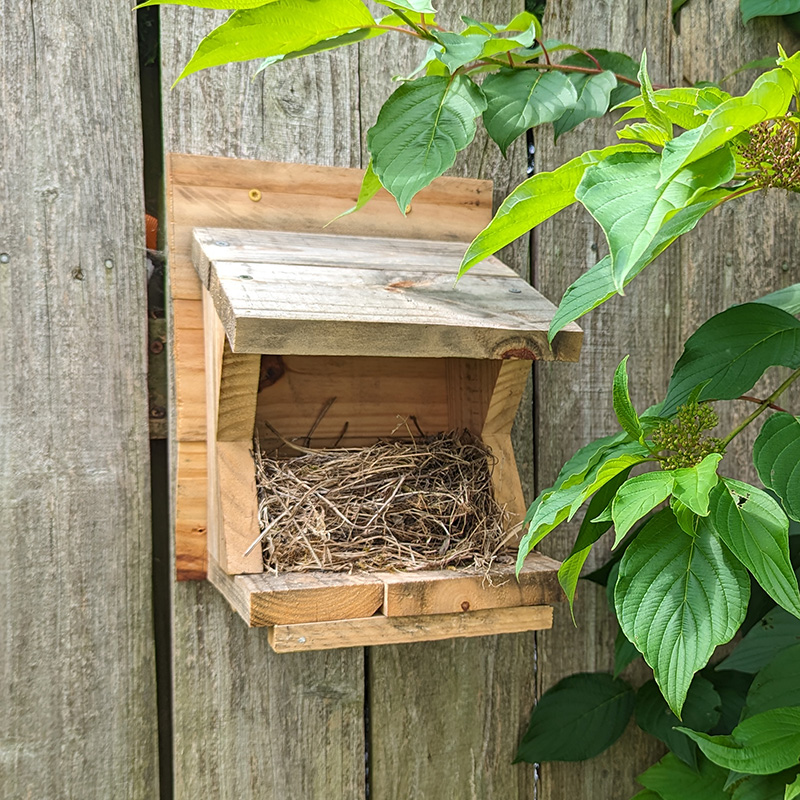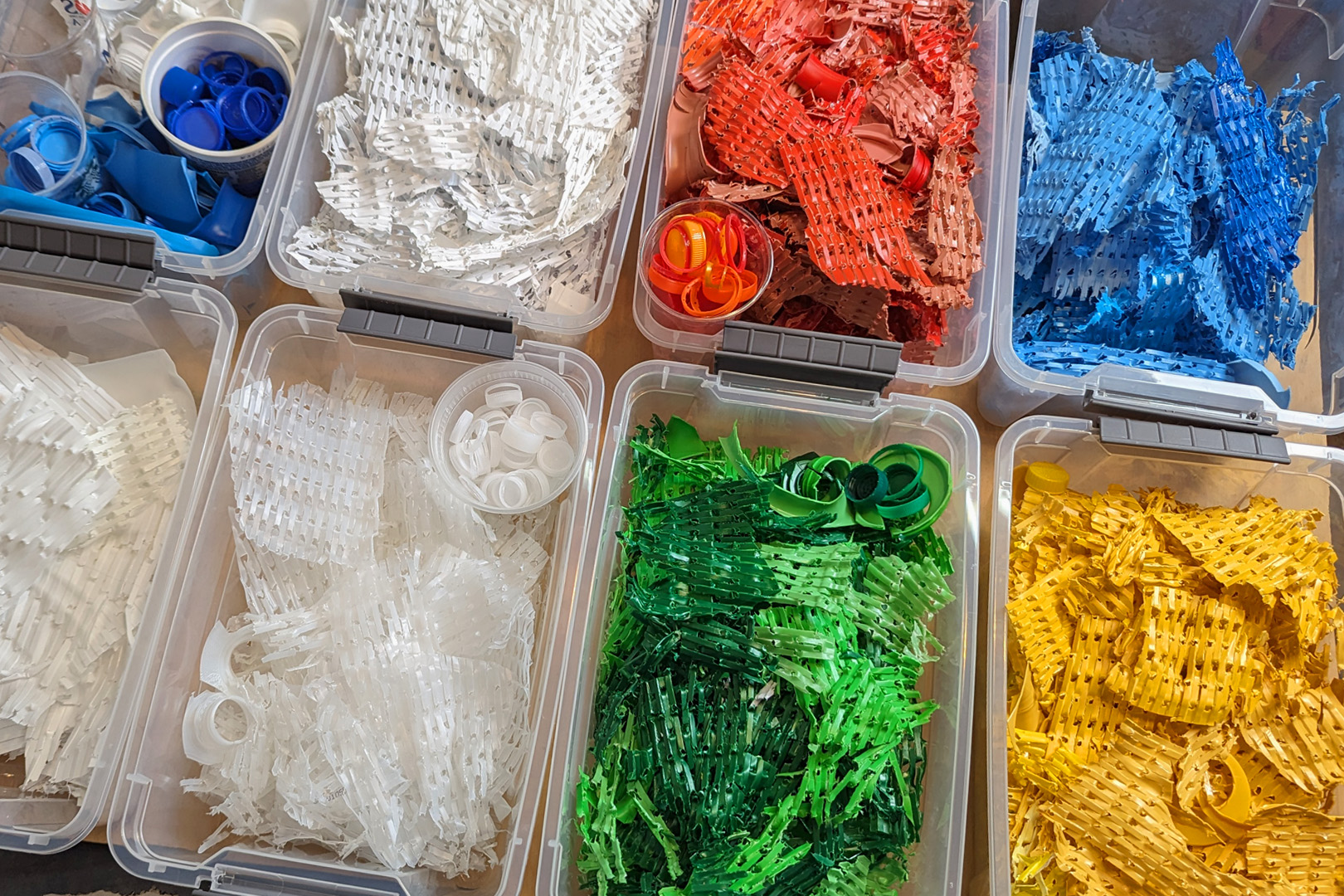
Nests for Birds
Building Birdhouses from Recycled Products
In 2023, Kate Lin from New York, along with Rebecca Chang and Joseph Chang from California, embarked on a mission to combat climate change through recycling and sustainability. Their project, Building Birdhouses from Recycled Products, was selected as a finalist and ultimately awarded second place in the Tzu Chi Youth Innovation Prize Challenge.
Recognizing the impact of climate change on bird populations, the team aimed to inspire others to take action. By recycling and repurposing materials, they sought to create a positive impact on the environment and provide safe havens for birds.
To achieve this goal, they implemented a multifaceted approach:
- Workshops: Conducted school workshops in California and neighborhood workshops in New York, teaching participants how to build birdhouses and create design-driven products from recycled wood and HDPE plastic.
- Website and Social Media: Created online platforms to share knowledge, inspire others, and raise awareness about the importance of recycling and bird conservation.
By recycling HDPE plastic for birdhouses, we reduced pollution and prevented plastic waste from ending up in landfills. This initiative also conserved resources and saved energy by utilizing recycled materials. Additionally, it reduced costs associated with waste disposal and the production of new materials.
Beyond the environmental benefits, birdhouses offer ecological advantages. Birds can help control unwanted pests in gardens, contribute to the pollination of flowers, and help maintain ecological balance by reducing competition between weeds and plants.
Through this project, our team learned that small actions can have a significant impact. Even a simple initiative like building birdhouses can inspire communities to embrace sustainability. Individuals can make a difference by reducing their plastic consumption and properly recycling. Industries also bear responsibility: they should minimize packaging to reduce waste and environmental impact.
About the project: Building Birdhouses from Recycled Products
Building birdhouses from recycled products is a sustainable, cost-effective, and creative way to attract birds to your yard. The project is an innovative idea for building birdhouses and provides instructions on how to implement the solution. The goals of this project are to use recycled materials to build birdhouses as well as to create a website that teaches how to construct birdhouses and foster an online community that facilitates the exchange of ideas.
The target environment for this project is people's backyards, urban parks, and school grounds. The benefits of this project include helping the environment by recycling materials, providing homes for birds, promoting creativity and innovation, and bringing the community together
Some challenges we’ve faced include finding the right recycled materials, building birdhouses that are safe and attractive to birds, and maintaining the website and online community. Despite these potential drawbacks, building birdhouses from recycled products can be a great way to help the environment. It is a fun and rewarding project that can provide homes for birds and reduce waste. We want to make a positive impact on the environment and provide a fun and creative way to attract birds to the community.
Follows the Sustainable Development Goals of United Nation
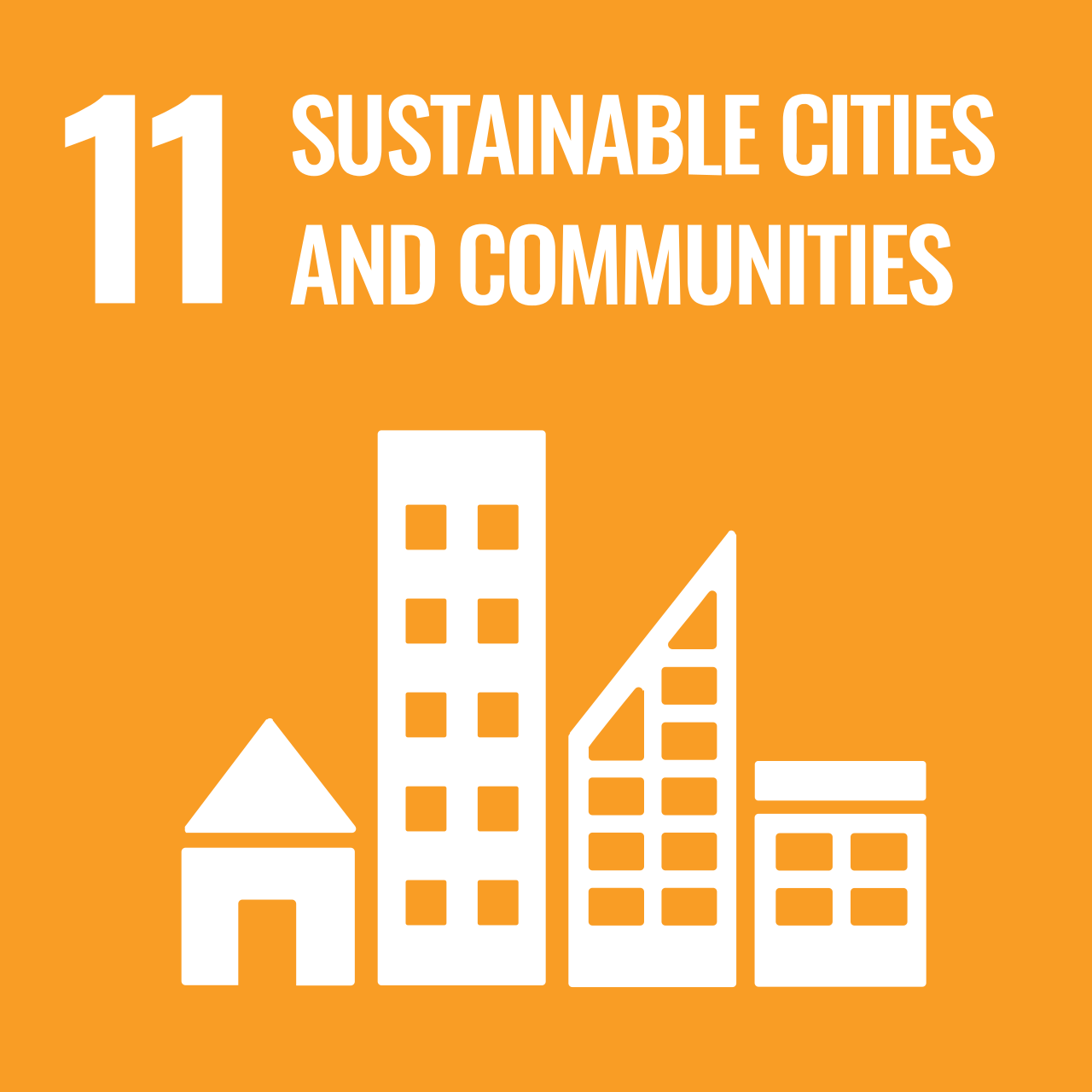
Goal 11: Make cities inclusive, safe, resilient and sustainable
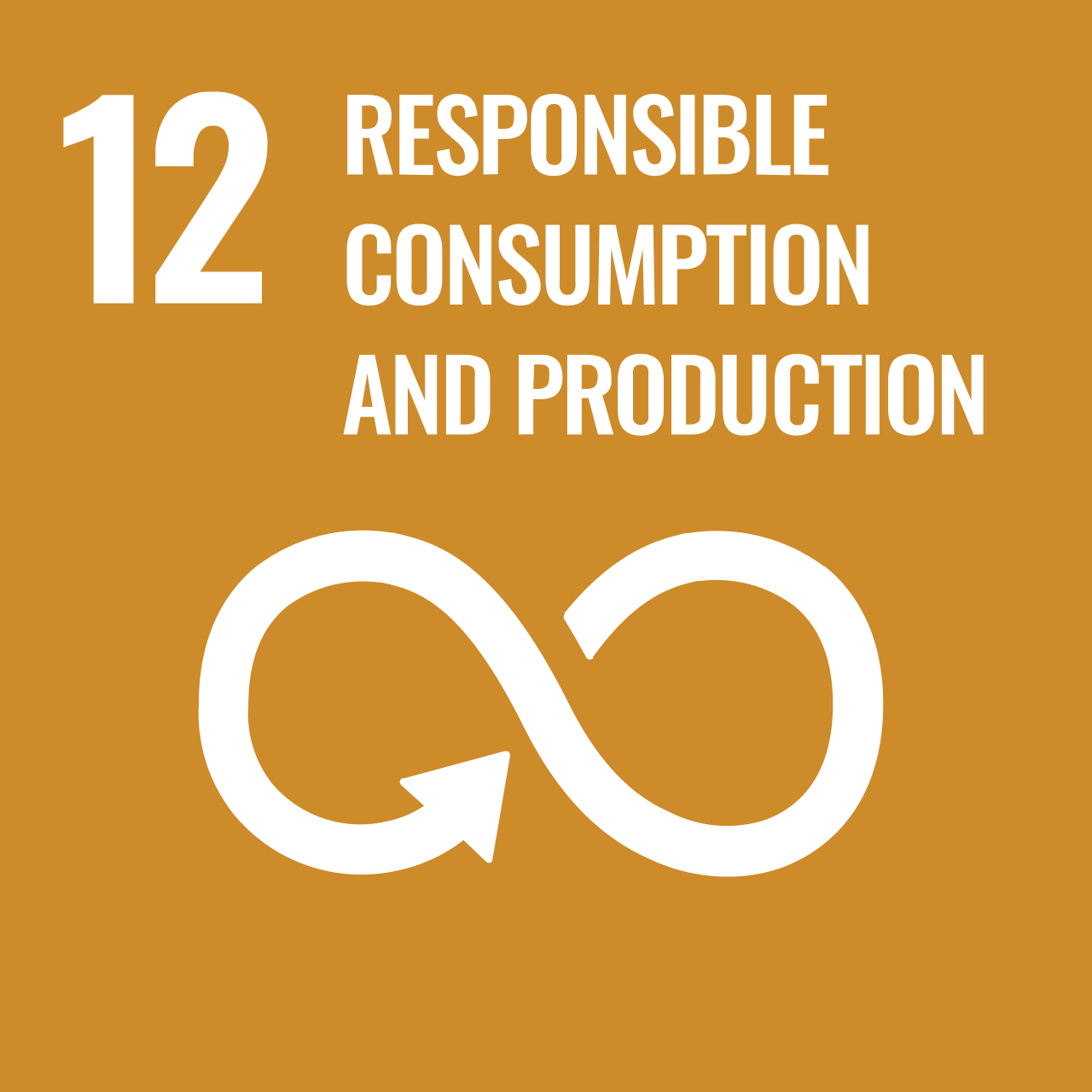
Goal 12: Ensure sustainable consumption and production patterns
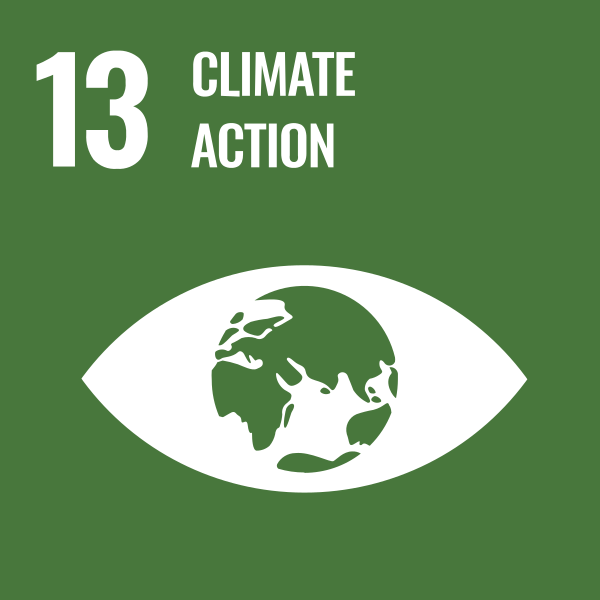
Goal 13: Take urgent action to combat climate change and its impacts
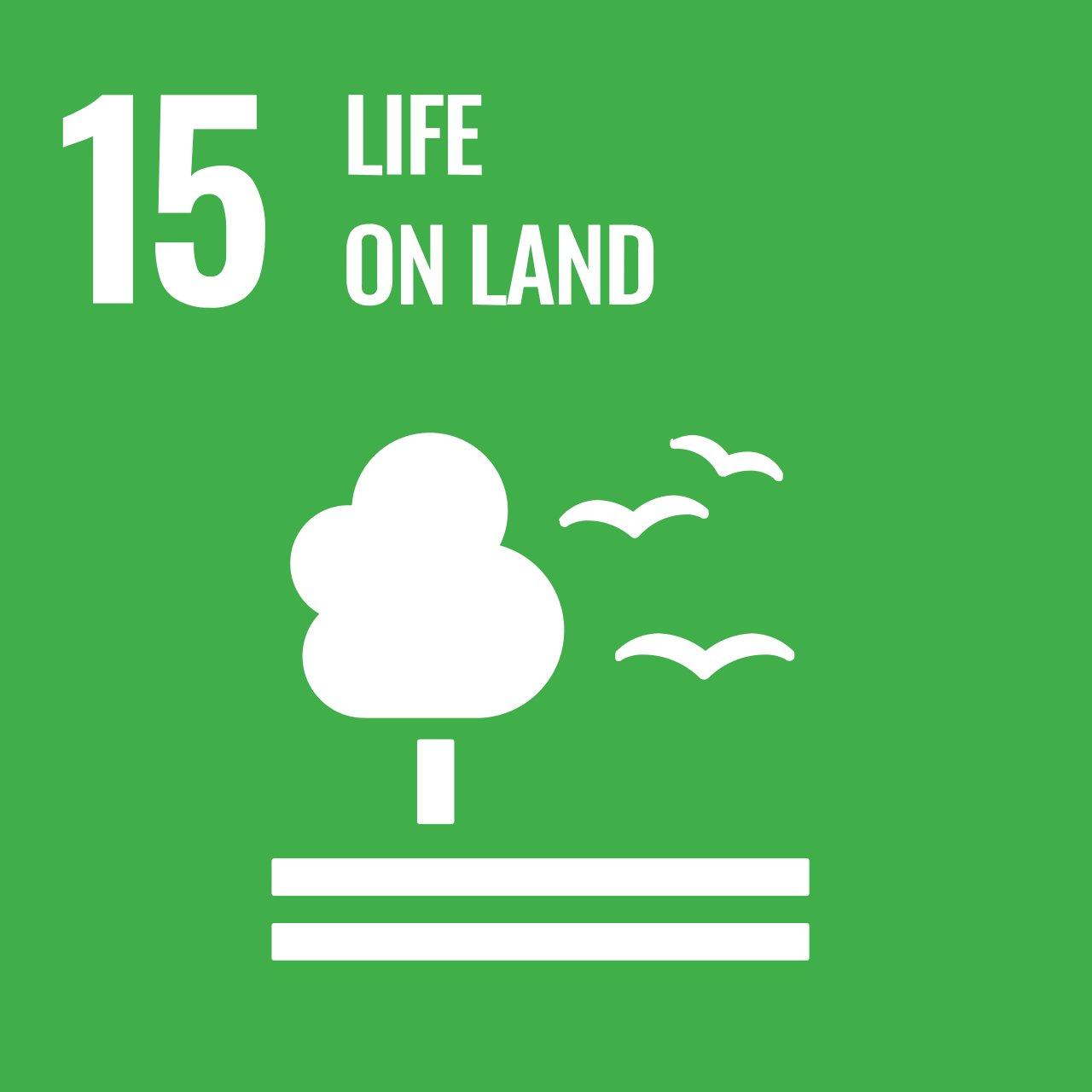
Goal 15: Protect, restore and promote sustainable use of terrestrial ecosystems, sustainably manage forests, combat desertification, and halt and reverse land degradation and halt biodiversity loss
Problem–Climate Change
Climate change is an ongoing problem today. As a result of climate change effects, the bird population is declining around the world. Many factors contribute — from habitat loss to pesticides, outdoor cats, and window collisions. Here are 3 effects of climate change causing the bird population to dwindle:
Rising Sea Levels
Due to increased sea levels, nests that birds use for breeding and feeding are being washed away. Without homes, these birds are unable to reproduce, and over time, this will lead to extinction.
Seasonal (3-month) sea level estimates from Church and White (2011) (light blue line) and University of Hawaii Fast Delivery sea level data (dark blue). The values are shown as change in sea level in millimeters compared to the 1993-2008 average. NOAA Climate.gov image based on analysis and data from Philip Thompson, University of Hawaii Sea Level Center. Image source
Rising Planet Temperatures
Data has shown that North American bird species are shifting their winter and breeding ranges north. For example, 90 years of the Christmas Bird Count census data shows that many birds like woodpeckers and hawks are more likely to be observed farther north now than in the 1980s.
Trends in global average surface temperature between 1993 and 2022 in degrees Fahrenheit per decade. Most of the planet is warming (yellow, orange, red). Only a few locations, most of them in Southern Hemisphere oceans, cooled over this time period. NOAA Climate.gov map, based on data from NOAA Centers for Environmental Information. Image source
Droughts and Fires
As a result of droughts and fires, many trees will dry up or be destroyed in forests, causing birds to have nowhere to nest and form habitats. Combined with the lack of water, birds are more likely to be grouped together around the available water resources. This leads to more vulnerability to diseases and infection such as mosquitoes and ticks.
The U.S. Drought Monitor is updated each Thursday to show the location and intensity of drought across the country, which uses a five-category system, from Abnormally Dry (D0) conditions to Exceptional Drought (D4). Learn more. The U.S. Drought Monitor is a joint effort of the National Drought Mitigation Center, U.S. Department of Agriculture, and National Oceanic and Atmospheric Administration. Source(s): NDMC, NOAA, USDA Image source
What We Can Do
Eco-friendly recycled birdhouses are a sustainable and cost-effective option as recycled materials would be used instead of new materials, and recycled materials are readily available and can be easily repurposed. Additionally, recycled birdhouses are less likely to decompose, meaning they would need to be replaced less often. Building bird houses from recycled materials is also a creative and fun project that anyone can do to attract birds to their yard.
There are also many environmental benefits of birds. Birds eliminate unwanted pests in the yard, leading to less invasive species and a more sustainable produce growth. Birds also love to eat weed seeds. This eliminates competition between weeds and wanted plants for resources, as well as prevents the spread of pests and diseases harbored by weeds. Birds help pollinate flowers and promote the biodiversity of flowers, crops, and greenery. This increases access to key nutrients and vitamins from common pollinator species that many fruits and vegetables rely on.
